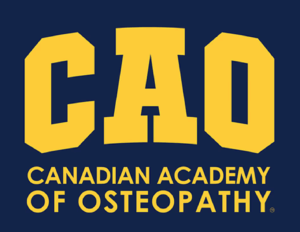Osteopathy School vs Massage Therapy School
When considering a career in manual therapy, many prospective students weigh the options between massage therapy and osteopathy. While both are respected health professions that rely heavily on hands-on care, there are compelling reasons to pursue osteopathy school over massage school—particularly if one is interested in a long-term, impactful, and financially sustainable healthcare career.
A common misconception is that one must already be a registered massage therapist (RMT) or hold a similar health credential in order to be accepted into osteopathy school. This is not true—at least not at high-level, academically rigorous osteopathy institutions. A Level 1 osteopathy school welcomes students from a range of backgrounds, whether they come from health sciences, physical education, or even unrelated disciplines. What matters most is the student’s dedication to learning the principles and techniques of osteopathy.
Interestingly, many osteopathy students are RMTs that decided to enroll in osteopathy school later in their careers. This shift often happens because massage therapy, while effective in its own domain, has certain limitations—both for the therapist and the patient. RMTs frequently find themselves referring patients to osteopaths when cases become complex or stubborn. Over time, this can lead to a sense of frustration and professional ceiling, as massage therapists recognize they are not fully trained to resolve deeper or more chronic pain issues. For many, the solution is to join the very professional they’ve been referring patients to and studying to become an osteopathic manual practitioner (OMP).
There is also a very practical reason why many massage therapists move into osteopathy: longevity. Massage therapy is physically demanding, with a high risk of occupational strain and burnout. The repetitive physical effort involved often shortens the career span of an RMT, leading to early retirement or job change. In contrast, osteopathy is biomechanically efficient and gentle on the practitioner’s body. Osteopathic techniques prioritize leverage, positioning, and subtle manipulation, meaning practitioners can work full days without the wear and tear associated with massage. In fact, many osteopaths continue practicing well into their 70s and 80s.
From a financial perspective, the decision also makes sense. Tuition for massage school and osteopathy school is generally in the same range, but the return on investment differs significantly. A Principles-trained osteopathic manual practitioner has a much higher earning potential than a massage therapist. This is due not only to the technical complexity and effectiveness of the work, but also to the clinical autonomy and diagnostic capacity that comes with osteopathy training.
Ultimately, osteopathy education leads to a deeper understanding of human anatomy, physiology, and mechanics, along with the ability to assess and treat complex dysfunctions independently. It is a profession with longevity, intellectual challenge, greater clinical responsibility, and higher financial reward. For those who are serious about a sustainable, effective, and respected healthcare career, osteopathy school presents the stronger and more future-proof path.
